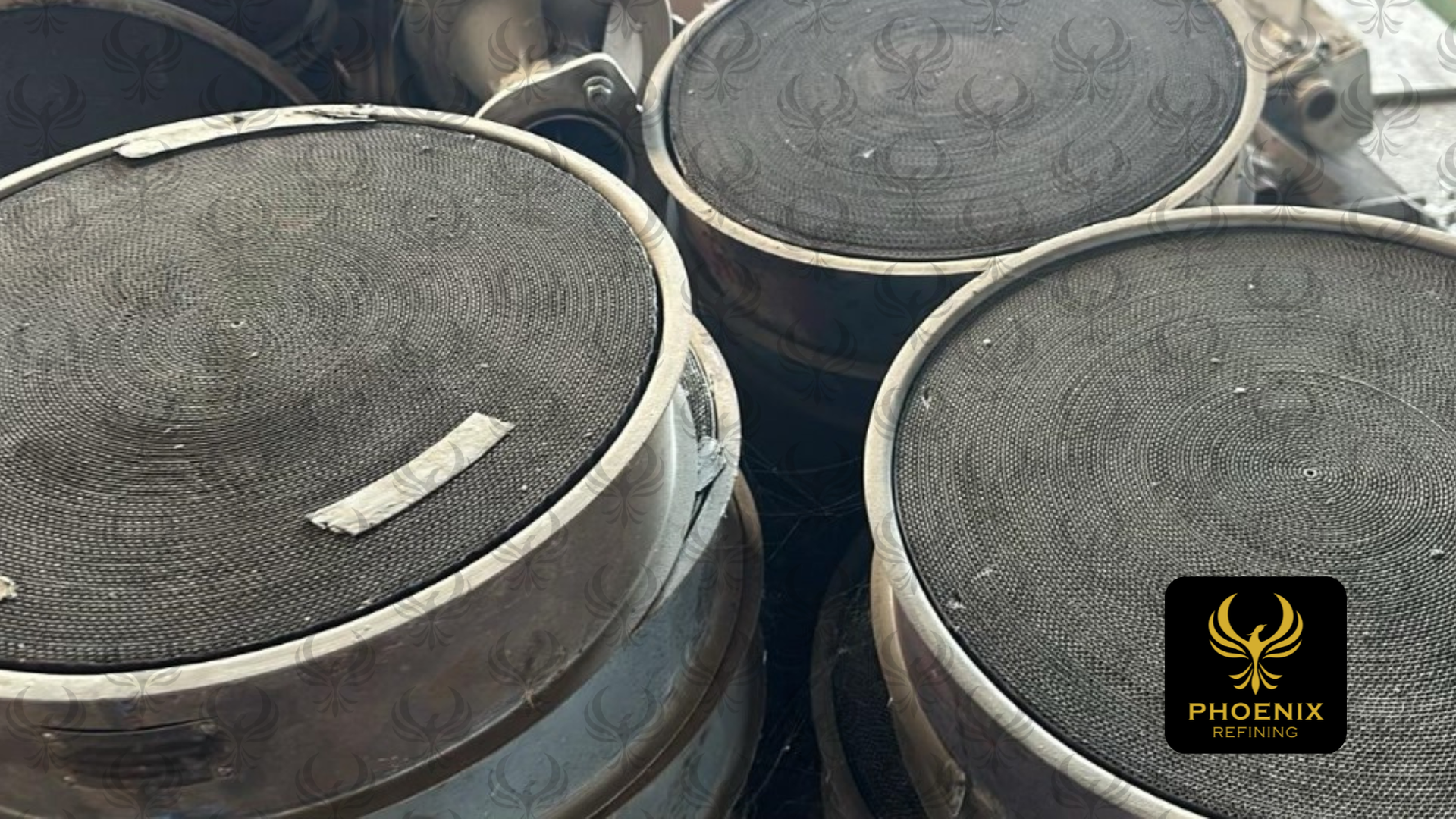

In a stunning display of volatility and investor fervor, palladium surged to its highest price in over two years this month, becoming one of the standout performers in the 2025 precious metals rally. But this impressive rise was quickly followed by a sharp correction, raising questions about the metal’s near-term direction. Here’s an in-depth look at what’s been driving palladium’s recent trajectory, the technical factors at play, and what could lie ahead.
Palladium reached an intraday high of $1,695 per ounce on October 16, marking its highest price since May 2023. The metal had enjoyed a tremendous run-up, climbing nearly 20% in just one month and almost 49% year-to-date. Although still trading well below its all-time high of $3,400 per ounce set during supply chain disruptions in early 2022, investor appetite for safe-haven assets during this period of geopolitical tension and economic uncertainty provided a rocket boost.
The upward move mirrored gains in gold and silver, which both hit record highs this October. Investors have increasingly sought refuge in hard assets, responding to continued global instability, slowing economic growth, and expectations of rate cuts from major central banks.
The recent rally in palladium prices can be attributed to several interconnected factors. Firstly, there has been a notable increase in safe-haven demand as investors seek to protect their capital amidst heightened geopolitical risks. The tensions in the Middle East and the growing divisions among global trade blocs have driven investors to allocate more resources into precious metals, which are traditionally seen as a safe store of value during times of crisis.
Additionally, supply constraints are playing a critical role in the current market dynamics. The United States has filed formal antidumping and countervailing duty petitions against Russian palladium imports, citing unfair trade practices. Backed by the World Platinum Investment Council (WPIC), these actions are anticipated to restrict the availability of palladium in one of the world’s largest markets. Since Russia is a key global supplier of palladium, any disruption to this supply significantly tightens the metal’s availability. Lastly, industrial demand continues to support palladium prices. While its use in catalytic converters for gasoline-powered vehicles faces some pressures from the increasing prevalence of electric vehicles, steady global automotive production, along with various industrial applications, maintains a strong baseline demand for the metal.
Several factors seem to have contributed to the sudden collapse in palladium prices. To begin with, there was a wave of profit-taking. After such a significant rally, many investors likely decided to lock in their profits, which in turn created downward momentum. Additionally, the U.S. dollar experienced a modest rebound, putting further pressure on dollar-denominated commodities like palladium. Lastly, the market had been showing technical overstretched conditions; as prices rose to new recent highs, momentum indicators suggested that the market was in overbought territory. This situation made it vulnerable, so even the slightest catalyst was enough to trigger a pullback. Despite the recent sharp decline, technical indicators still suggest that the bullish outlook for palladium may remain intact. Recent analysis using OrderFlow Intel tools has uncovered some key technical insights. The Point of Control (POC) is currently at $1,489, serving as a critical dividing line between bullish and bearish sentiment. Notably, the price has held above this level for much of the recent session, indicating strong interest in this zone.
Additionally, the Value Area Low (VAL) is situated at $1,477, marking a key structural support level that corresponds with current price lows. It appears that buyers are actively absorbing supply in this area. The volume-weighted average price (VWAP) currently hovers at $1,501.5, just below the psychologically significant $1,500 mark. A sustained move above this threshold would bolster the bullish case for palladium. Looking ahead, the Value Area High (VAH) stands at $1,512. A breakout above this level could trigger a rally towards the next resistance zone, which lies between $1,520 and $1,535, where we also find the first upper VWAP deviation.
OrderFlow Intel’s market sentiment today carries a Prediction Score of +7 (on a scale from −10 to +10), which represents a bullish bias with high confidence. Delta-volume divergences and sustained absorption of sell pressure suggest that institutional buyers may be accumulating positions at discounted levels.
Looking ahead, several macroeconomic and geopolitical factors are expected to play a crucial role in shaping the future of palladium. One significant influence will be the policy decisions from the Federal Reserve. Currently, markets broadly anticipate a 25-basis-point interest rate cut at the Fed's next meeting. Such a pullback in rates could potentially weaken the dollar, which in turn would likely support the prices of precious metals, including palladium. Additionally, the upcoming trade talks between U.S. Treasury Secretary Scott Bessent and Chinese Vice Premier He Lifeng are being closely monitored by investors. Given that palladium is an essential industrial metal, any positive or negative developments in U.S.-China bilateral trade relations could dramatically affect global demand expectations for this metal.
Lastly, uncertainty surrounding Russian supply adds another layer of complexity to the palladium market. Should sanctions and trade duties remain in effect, or even escalate, the ensuing supply constraints could foster a more favorable environment for higher prices within the U.S. domestic market.
Palladium’s rapid rise and subsequent correction mirror the volatile nature of today’s commodity markets, where geopolitical instability, shifting monetary policy, and supply chain disruptions collide. While last week’s collapse may have rattled short-term traders, structural indicators point to the potential for stabilization and a renewed upward trend, provided key support levels hold and macro tailwinds continue.
Traders and investors should maintain a cautious yet optimistic stance. Continued constructive technical readings and positive institutional activity suggest a compelling narrative for palladium's recovery